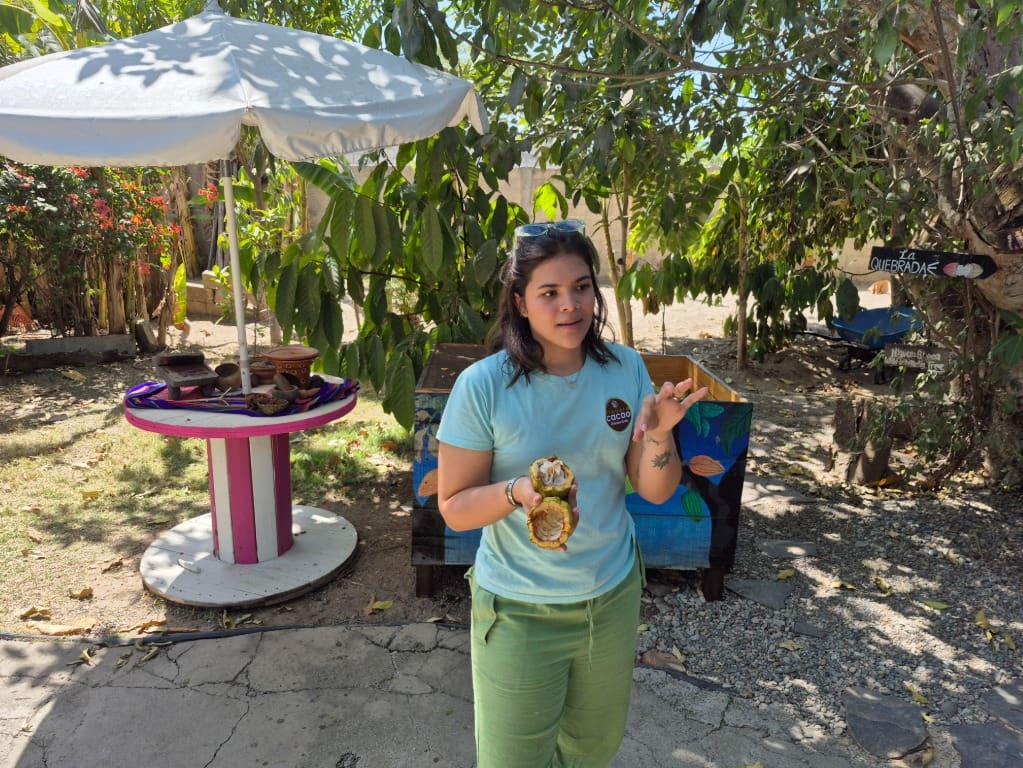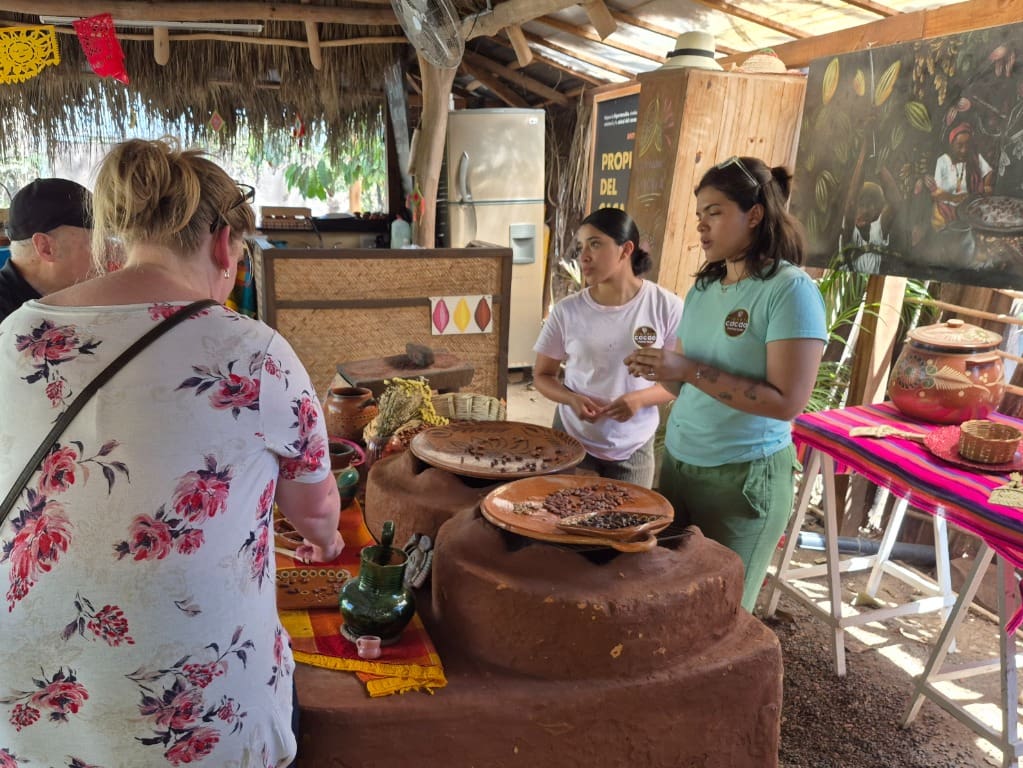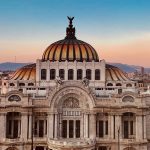Puerto Vallarta-area Planeta Cacao Chocolate Garden showcases that it's okay to have a sweet tooth
The staff of Puerto Vallarta-area Planeta Cacao Chocolate Garden may be deserving of the title of Defenders of the Faith when it comes to a confectionary we’ve routinely been told to avoid since childhood.
Lia Gonzalez and Sophia Aguilar routinely educate tourists who visit their attraction about chocolate, detailing its origins from the growing of needed cacao to the eventual manufacturing of chocolate bars, even inviting their guests to try their hands at making a product beloved around the world but commonly associated with dental problems.
But the duo are quick to inform visitors that chocolate has numerous healthy qualities and only can pose a possible problem for teeth because of all the sugar that the likes of Cadbury’s and Hershey’s add to it before retailing it.
“They (visiting tourists) have no idea. They should have more respect for chocolate,” Aguilar says.
Planeta Cacao tells of cacao’s origins in the Amazon and its gradual journey through much of Mesoamerica, eventually reaching the area where Planeta Cacao Chocolate Garden now stands.

It became prized in Mesoamerica, appreciated by the likes of Aztec nobility, and cacao beans sometimes used as currency.
Gonzalez says some chocolate bars don’t deserve to carry the chocolate name, adding that those who truly want to consume chocolate should check a chocolate bar’s label to learn its ingredients, with those containing little of chocolate’s source unworthy of bearing the chocolate name. Instead those that have little cacao should be referred to as a chocolate-flavored candy bar and may be damaging to your health, Gonzalez cautions. (“If you eat a Hershey’s bar and them complain about gaining weight, that’s on you,” Gonzalez states.)
Mexican authorities state that a chocolate bar has to be at least 40% cacao to be labelled a chocolate bar, a percentage Gonzalez’s mother Laura Aguilar – also on staff – says mirrors international standards.
“As artisan chocolatiers, we’re working to dignify edible chocolate that contains more than 40% cacao,” she reports. “For example, the chocolate bars we make have much more than that percentage. We don’t use anything other type of oil rather than natural cacao butter found in cacao.”

Gonzalez says that products that are 50% or more cacao will provide consumers with a range of health benefits, thanks to its containing the likes of zinc, potassium and a host of other items valuable for your well-being.
Chocolate can help ward off the likes of depression and a number of other ailments and improve the likes of eyesight and memory, she adds.
“I don’t eat a lot of sugar,” Gonzalez says. “I eat a lot of chocolate.”
Most of the world’s cacao is now produced in western Africa and Planeta Cacao Chocolate Garden’s cacao is now produced in the state of Tobasco, with the cacao that once flourished locally disappearing after the arrival of the Conquistadors, who had regimented ideas about what should be grown where in what is now Mexico.
Those visiting Planeta Cacao Chocolate Garden will find a thatched-roof setup recalling traditional dwellings in the area, and instruments guests can use to produce chocolate in a regional traditional manner.
Visitors are welcome to try the chocolate they create and there is also a gift store.
Meanwhile, Gonzalez says that she personally isn’t adverse to eating the occasional Hershey’s bar but that not all in her chocolate-appreciative family might approve.
“I can eat them, but I can’t show my mother that I’m eating them,” she states.

















